Fan #2 for Ẹgbẹ́ Spirits

Female Ajé
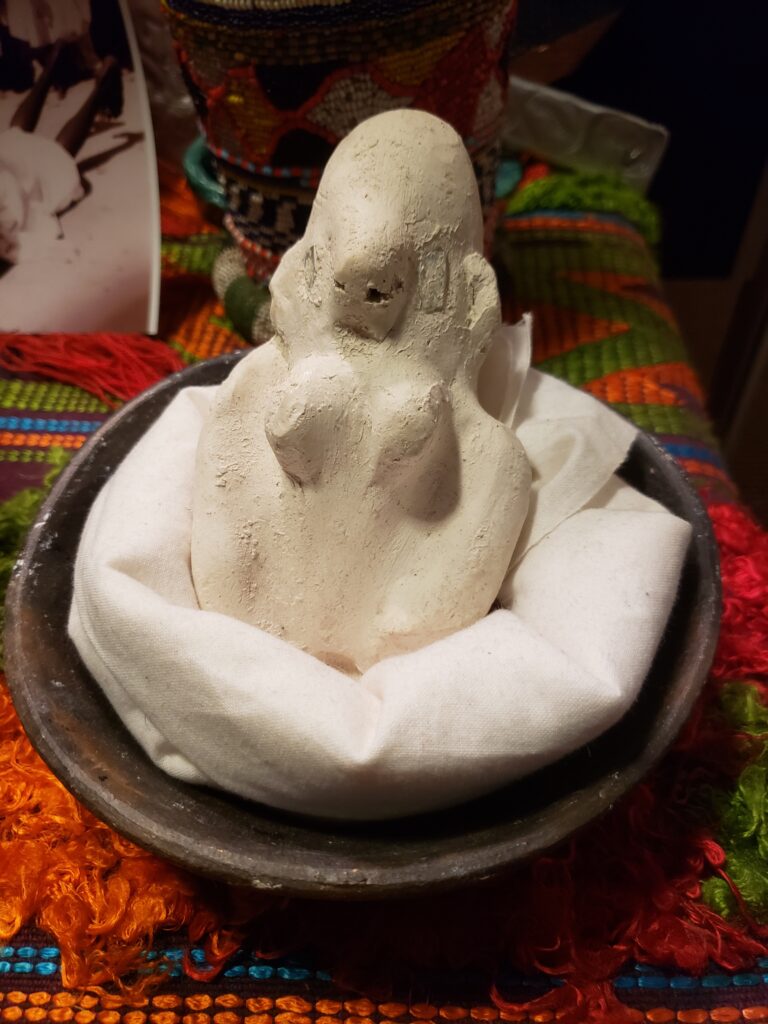
Beaded sheath for Orisa Oko

Doll for the God Ọ̀sayin
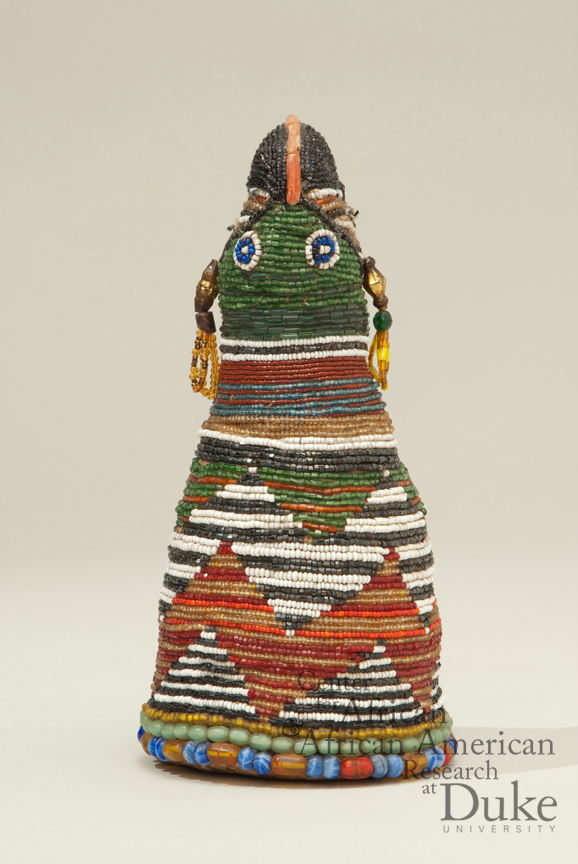
Shoulder-Borne Side Panel for Possessed Priest of the Yoruba God Shango

Oṣé Ṣàngó
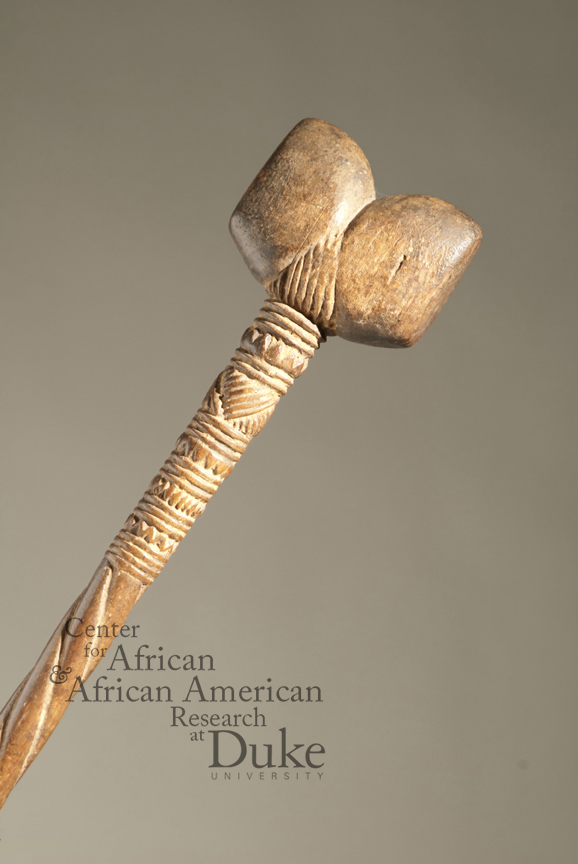
Statue of Èṣù
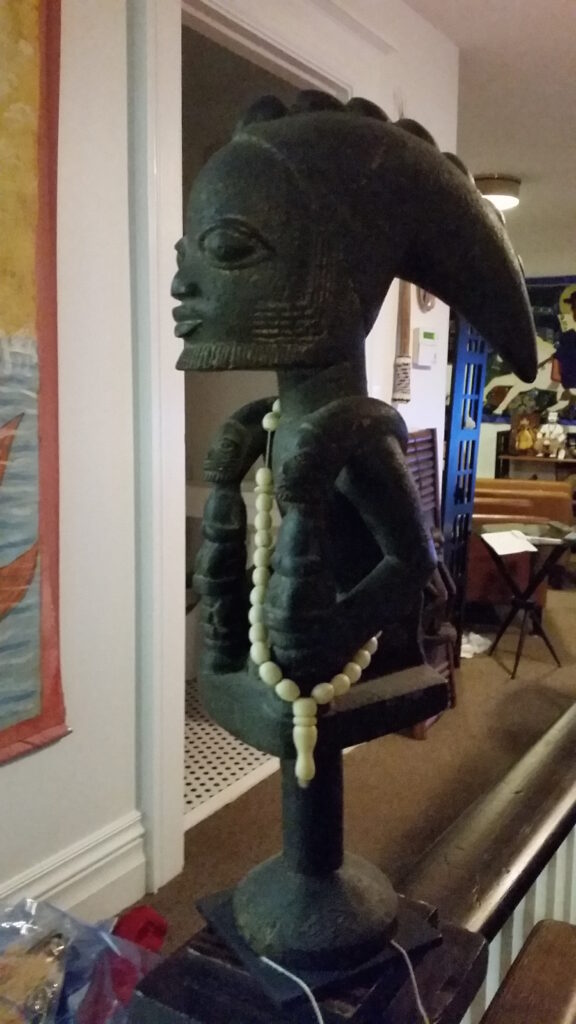
Ợpá Òrìṣà Oko and Ewu Òrìṣà
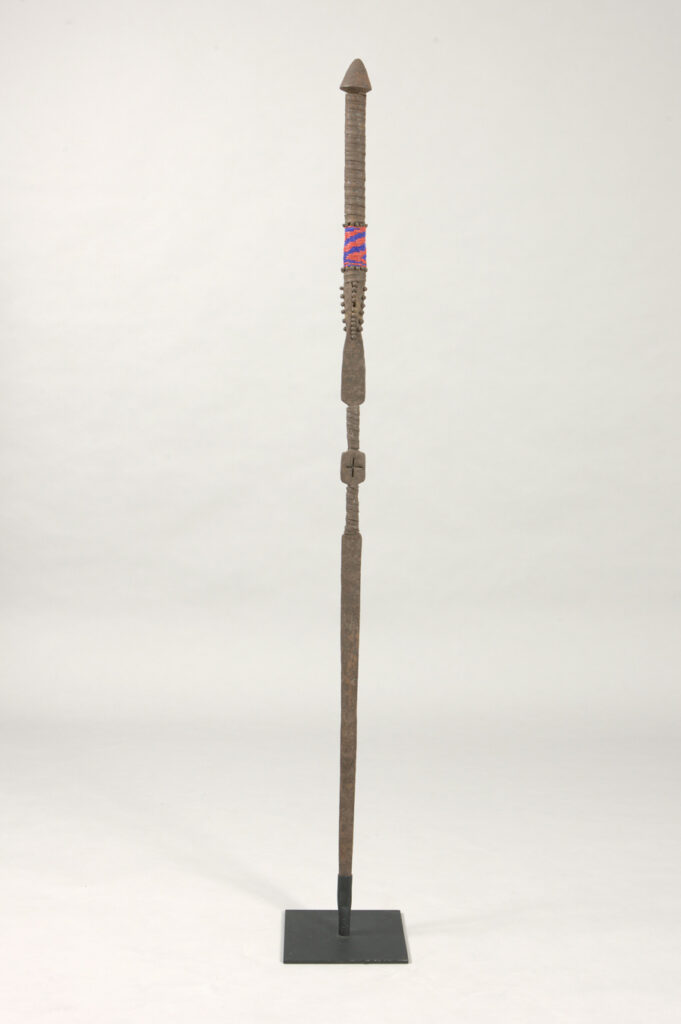
Two Sacred Fans for the Yoruba Goddess Ọ̀ṣun
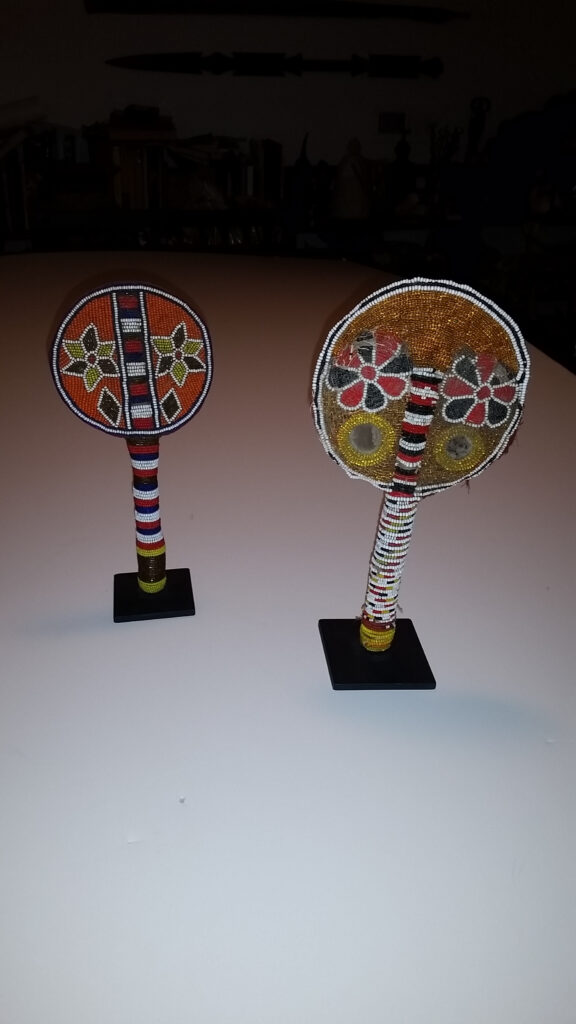
Statue of Ọ̀ṣun
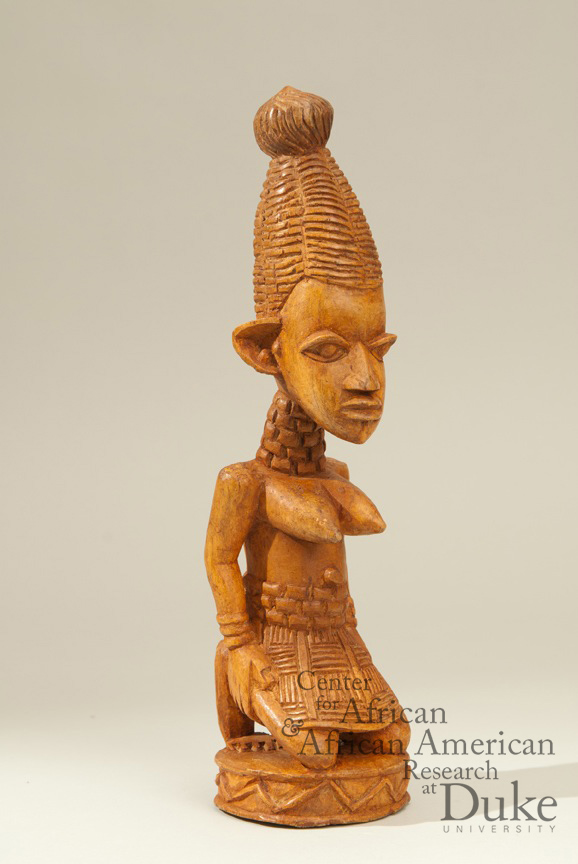
Yoruba or Fon Healer’s Staff (Ọ̀pá Ọ̀sanyìn)
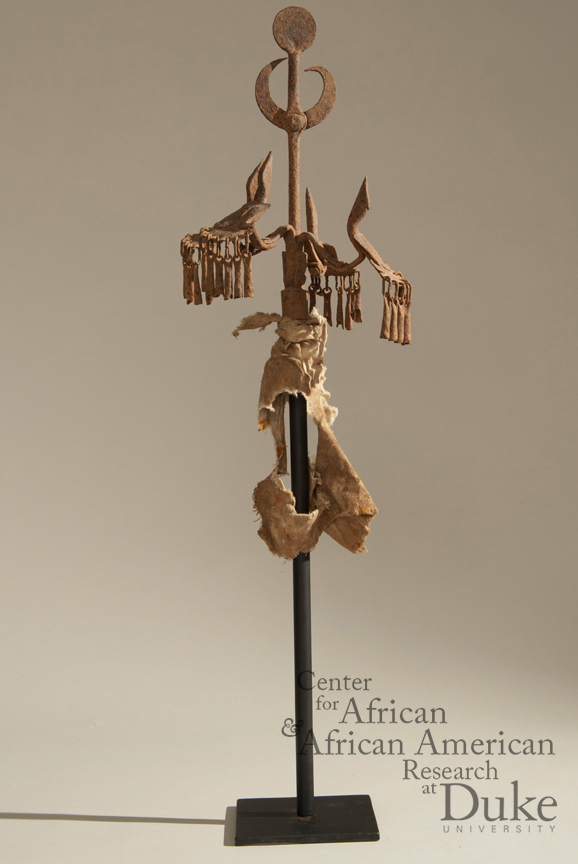
Janus-Faced Votary Sculpture for the God Èṣù (Eshu)
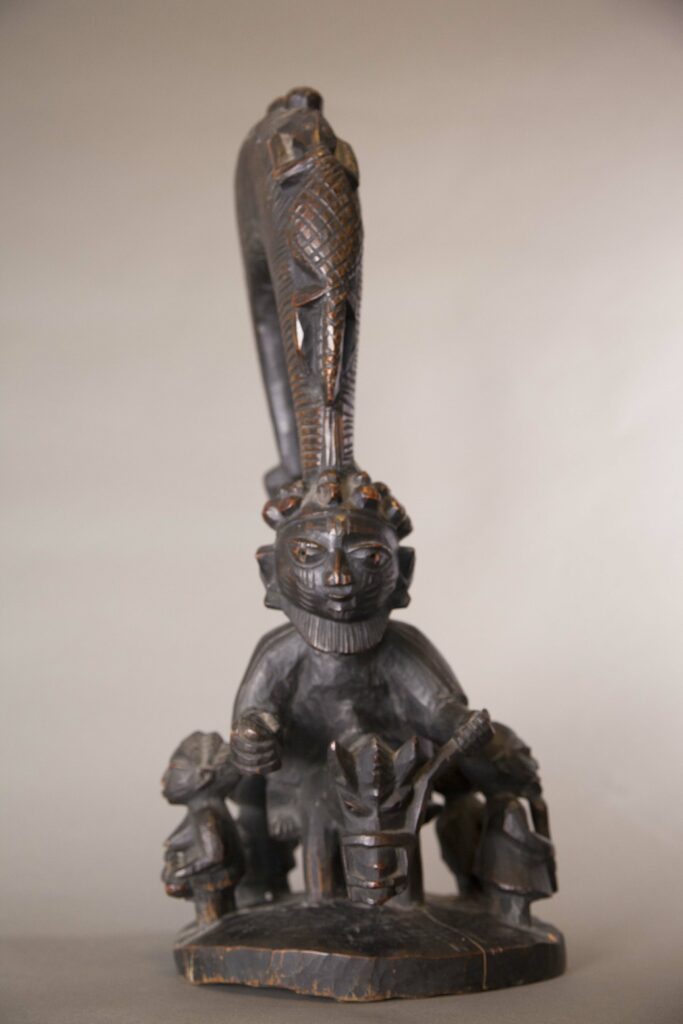
Sword (Idà) for the goddess Ọ̀ṣun
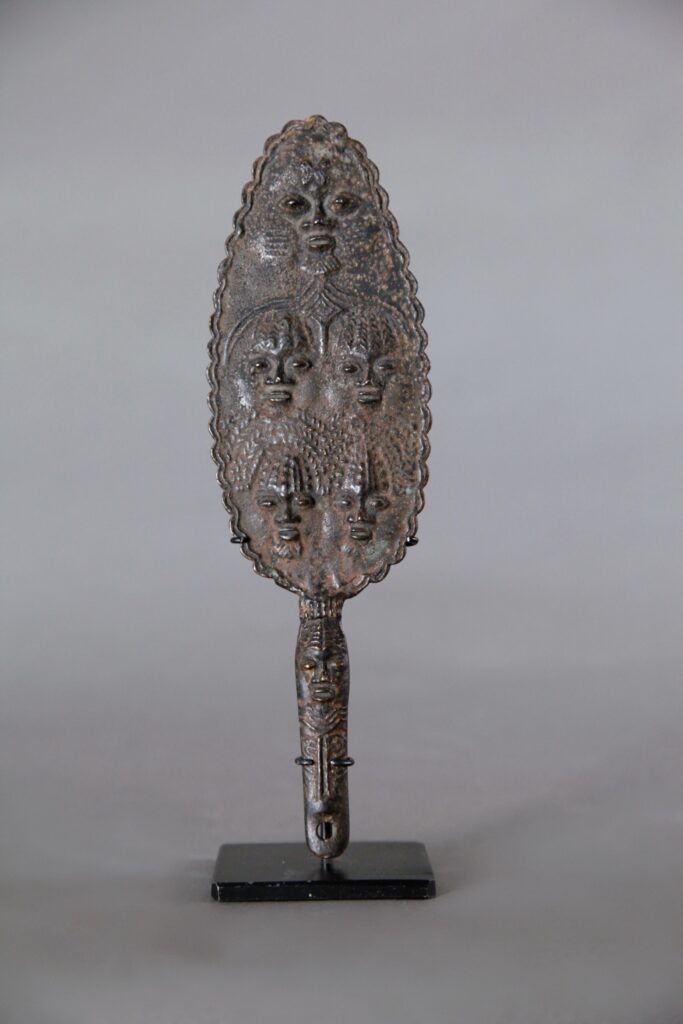
Yoruba Indigenous

The exquisite bronze and terra cotta portraiture of Ifę precedes by eight centuries the earliest written explanation we have of ritual and belief in what is now called “Yorubaland.” In fact, the number of people calling themselves “Yoruba” does not appear to have grown to demographically or culturally significant levels until the mid- to late […]
On Healing in the Afro-Atlantic Religions
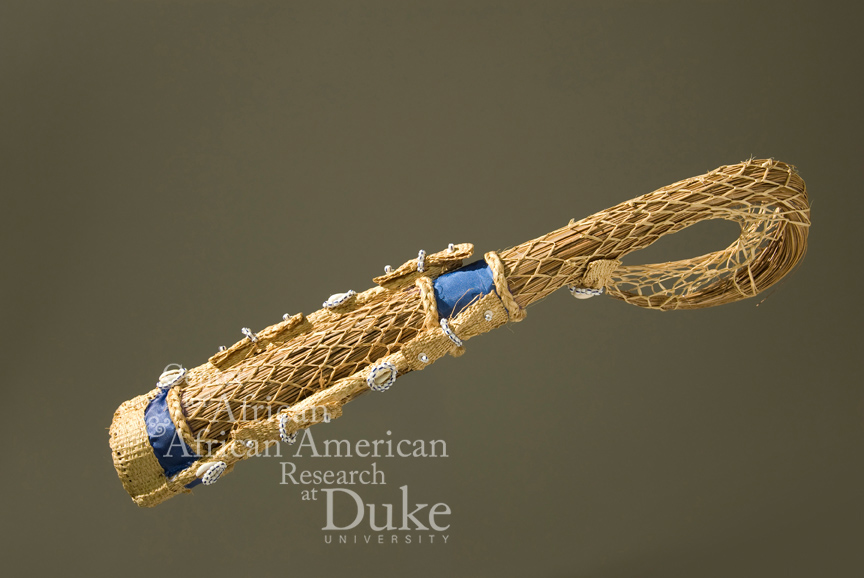
Does religion teach us how to avoid suffering, or how to suffer and transcend? The Afro-Atlantic religions are often sought out by those who are suffering, and offer a philosophy of healing the whole person, with less regard for the Western dichotomy of physical and spiritual. This visual guided tour seeks to explore the following key questions: How are the gods and spirits called upon for healing? How do objects for ritual and healing specifically reflect their ambivalent abilities to both hurt and heal?
Fire in the Sky: the Meaning and the Majesty of Sango’s Sacred Arts in Nigeria, Cuba and Brazil
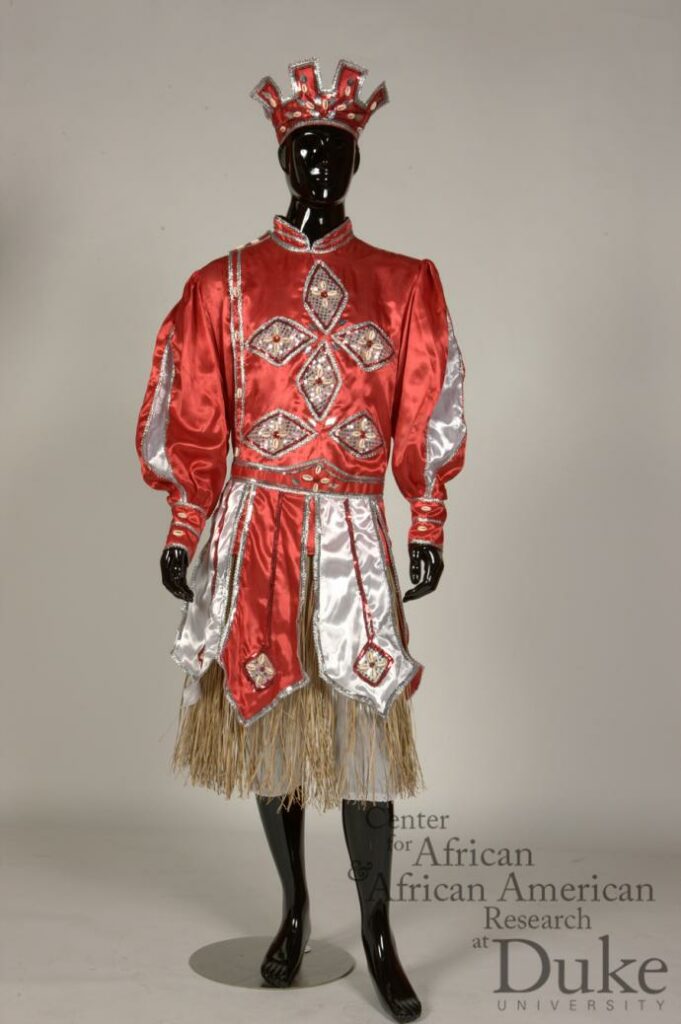
Șango is a Yoruba god of thunder and lightning with a counterpart in Cuba called “Changó” and another in Brazil called “Xangô.” In each of these locales, the god appears anthropomorphically in the bodies of elegantly arrayed possession priests, but his virile and fiery spirit is just as powerfully manifest in lightning, mortars, rams, tortoises, okra, thunderstones, and the double axe. Through the example of Șango and allied gods around the Atlantic perimeter, this tour explores the unity and the diversity of sacred iconography in diverse countries, as well as the meaning and aesthetics of this prolific Yoruba-Atlantic artistic tradition.
Brass, Cowries, and Beads: A Contested History

This virtual guided tour explores the contested origin histories of brass bracelets, cowrie shells, and glass beads in Yoruba culture and practice. Specifically, this compares both Western scholarly perspectives and those of religious practitioners in order to glean answers to the questions: Where did these objects come from and why are they so important?
